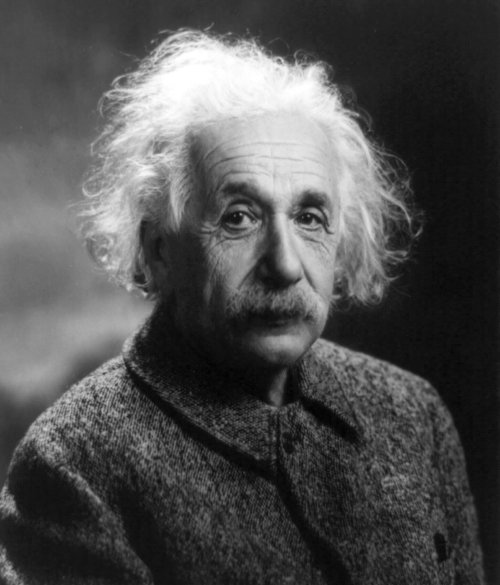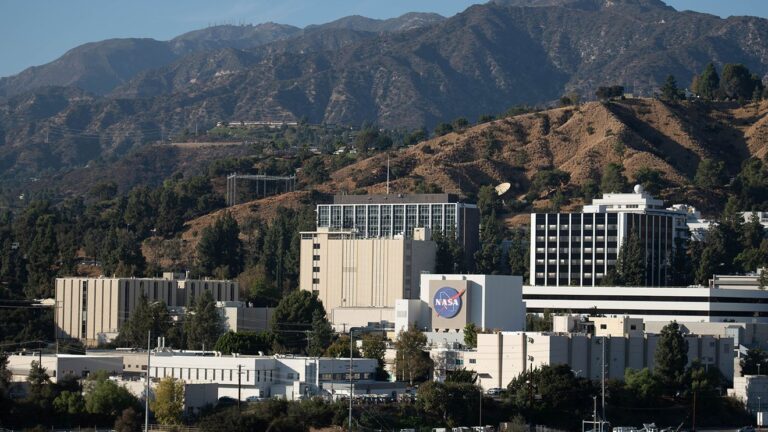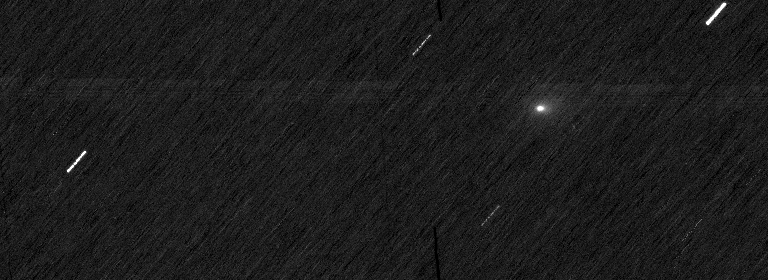Key Takeaways:
The equation E=mc2 is easily the most famous formula in history. It has had an immense impact on physics, technology, and, not least, politics. Einstein wrote the first version of it during his “miracle year” of 1905, publishing his thoughts in a three-page paper that makes a kind of appendix to the special relativity paper that appeared earlier that year.
The format he used, however, is not that which has become so familiar. As he wrote the mathematical relation originally, he was explaining that as a body gives off energy in the form of light, its mass reduces by an amount equal to E/c2. Moreover, Einstein used L for the energy term (presumably for Licht, German for light) and wrote V for the speed of light. The latter has since been canonized as a lowercase c (for celeritas, Latin for speed).
In a 1948 documentary film, Einstein described the relationship of mass and energy embodied in the formula: “It followed from the special theory of relativity that mass and energy are both but different manifestations of the same thing — a somewhat unfamiliar conception for the average mind. Furthermore, the equation, E is equal m c square, in which energy is put equal to mass, multiplied with the square of the velocity of light, showed that very small amounts of mass may be converted into a very large amount of energy and vice versa. The mass and energy were in fact equivalent, according to the formula mentioned before. This was demonstrated by Cockcroft and Walton in 1932, experimentally.“










